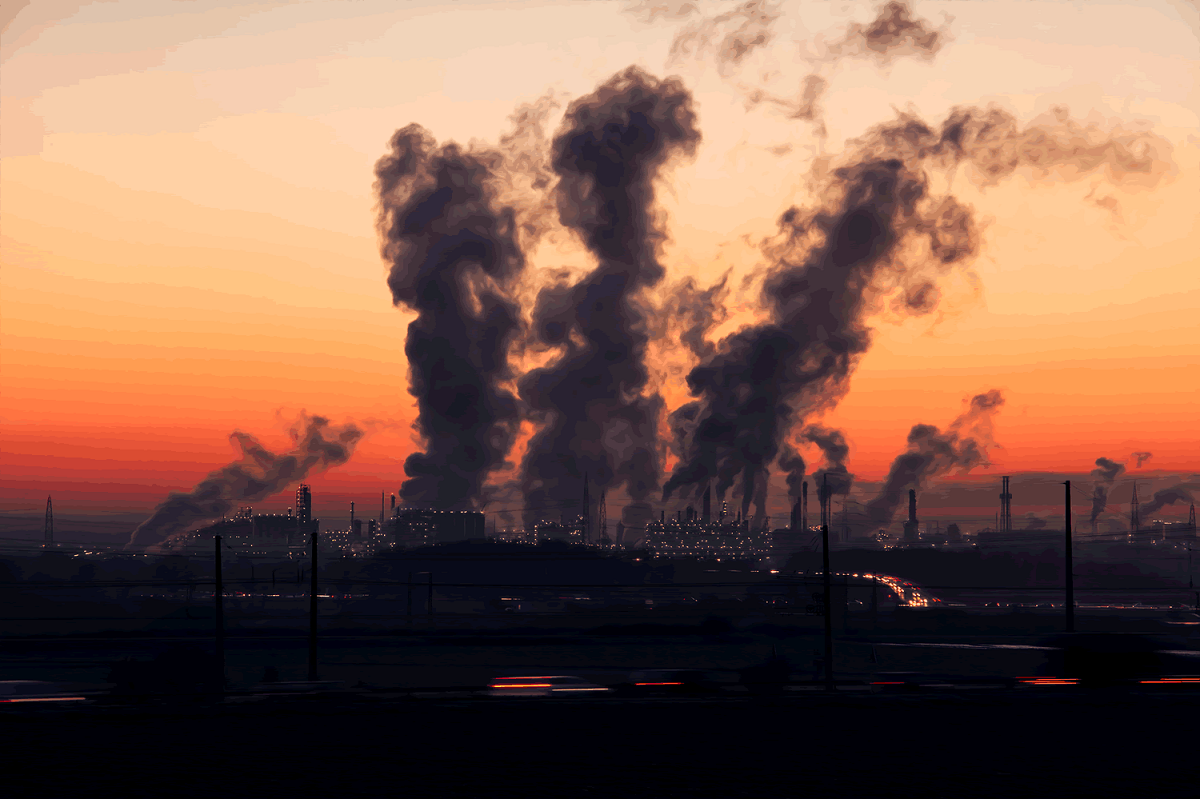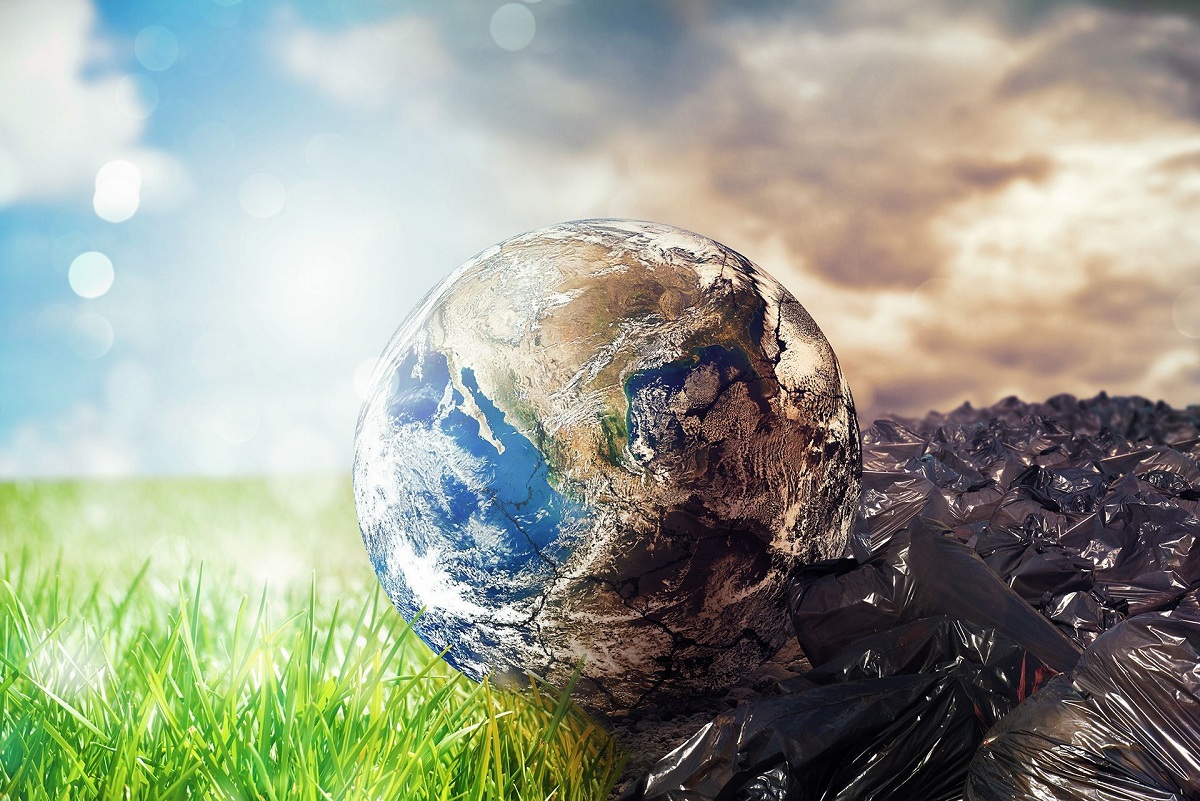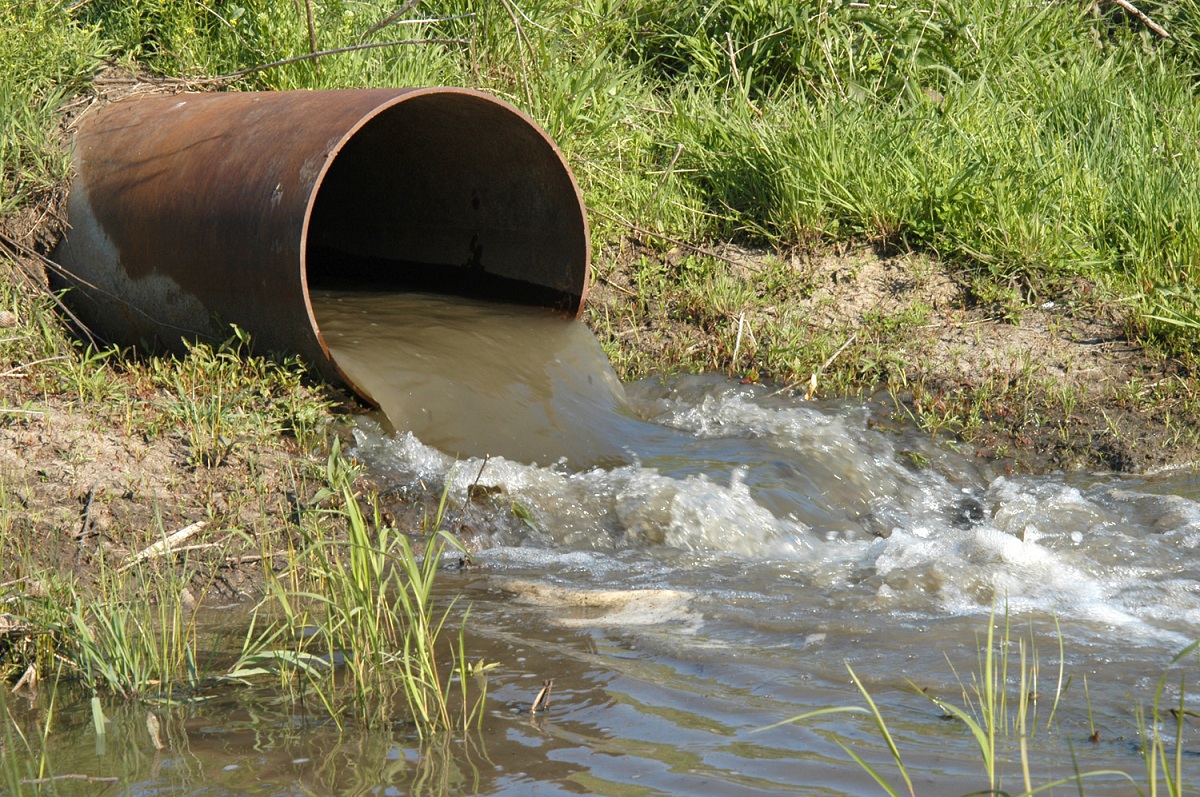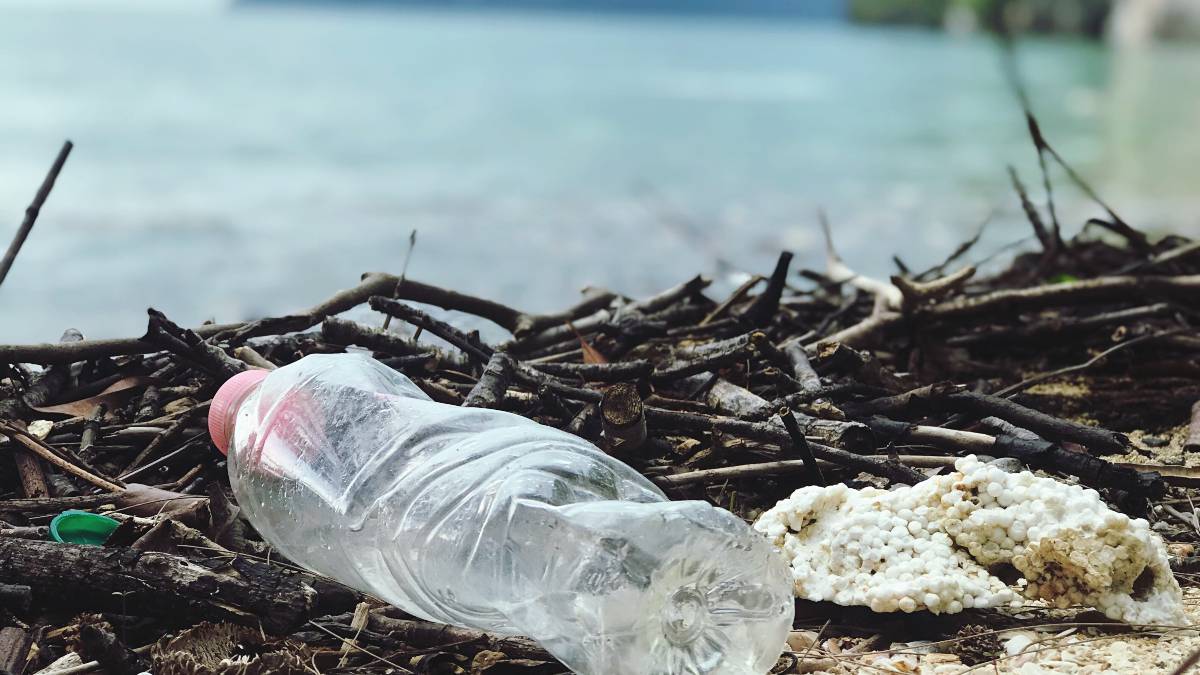
Environmental pollution is one of the main problems that directly affects the health of living beings, the earth and the human being. This pollution increases every day due to social and industrial development. There are different types of pollution depending on the source and condition. Each type of pollution has its causes and consequences. Many people don't know what is contamination and what are its consequences.
For this reason, we are going to dedicate this article to telling you what pollution is, what its characteristics and consequences are.
What is contamination

Start by understanding what air pollution is, and from there define what other pollution or types of pollution are present. When we talk about environmental pollution, we refer to the introduction of any type of chemical, physical or biological agent into the environment that produce various harmful changes. These changes may or may not affect the health, well-being and survival of biodiversity in general.
Pollutants can be, for example, pesticides, herbicides, polluting gases and other chemicals such as petroleum, radiation and municipal waste. Human beings have various economic activities, which restrict the formation of different polluting elements. Human activities such as industry, commerce or mining are responsible for many of these pollutants.
Environmental pollution is directly related to the economic and social development of a country. If a country is developed, the higher the pollution, the more normal. For this, it is necessary to create and introduce the concept of sustainable development in all countries. Once we know what pollution is, we will talk about the different types of pollution that exist.
Types of pollution
Water contamination

It is an environmental contamination that affects both the waters of the oceans and those of the rivers. This contamination affects all the living species that inhabit these waters and the surrounding ecosystems. This water contamination can come from different sources such as:
- Industrial emissions.
- Excessive use of pesticides or pesticides in agriculture. These chemicals upset the balance, killing thousands of aquatic life.
- Discharge of laundry detergent causing eutrophication of water. This eutrophication occurs because the passage of light and oxygen is blocked.
- Oil spills from large oil platforms.
- A hurricane or flood can also create water pollution by mixing hazardous materials.
- Climate Change
Atmospheric pollution
It is another of the most abundant types of pollution on our planet. It occurs when the chemical and natural composition of the air changes, affecting all life on Earth. Especially the animals most affected by the seat. Among the causes of air pollution, we find the following:
- Exhaust gases from internal combustion engines.
- Natural disasters like fires often increase emissions of greenhouse gases like carbon dioxide.
- The industry also releases large amounts of chemicals such as sulfur dioxide or carbon monoxide. These amounts of greenhouse gases add to the negative impacts of climate change on a global scale.
- Incineration of waste materials, such as vegetable residues from agriculture.
- Energy suppression processes that release polluting gases.
- Natural processes such as the expulsion of gases from cows. The increase in livestock also has a negative effect on the effects of the greenhouse effect.
Soils
It is one of the types of environmental pollution that we find most frequently. It usually results from the introduction of chemicals that affect soil fertility. Of these chemicals, the ones we have the most are pesticides, insecticides, and herbicides.
Plants are mainly affected by this soil contamination. Although animals are also affected as they feed on animals that have eaten this contaminated soil. These contaminants can increase negative consequences throughout the food chain.
Thermal
It is caused by the increase in global temperatures. This is one of the direct effects of climate change. These modifications are man-made by excessive emissions of greenhouse gases. The main characteristic of these greenhouse gases is their ability to retain some of the heat from the sun's ultraviolet radiation and not allow it to be released into outer space.
If we continue to improve insulation, the global average temperature will rise. This has had negative consequences, such as the collapse of the ecological balance of many ecosystems around the world.
Radioactive contamination
One of the most widely used types of energy is nuclear energy. This energy releases substances capable of discharging radioactive waste in the long term. Because these radioactive substances directly affect the DNA of living organisms, causing deformities and mutations in different generations, they are very harmful to living beings.
Acoustics
It is a type of pollution that is produced by excessive urban noise.. They are the human activities and the activities that produce said contamination.. It is not a type of pollution that directly affects the survival of living beings, but it does affect habits such as feeding and reproduction, migration and general well-being.
Light pollution
Light pollution is caused especially by too much artificial lighting in cities. It usually affects the life cycles of many animals and their way of relating. Many species end up losing their ecosystems due to light pollution. It also affects humans by depriving them of sleep and rest and increasing the stress level of many people.
Electromagnetic pollution
It is a type of environmental pollution that occurs to resign electromagnetic particles in different industrial activities. It can cause diseases and will affect various habits of living beings.
Visual
It is very common in any city. It is about the alteration of those elements of the landscape that disturb its aesthetics. It is mainly due to the introduction of elements that are not natural.
Food
This contamination is caused by the consumption of products that have toxic and polluting agents that enter our body. Even today there are many protocols and controls to avoid toxic elements in food. However, we can never have risk 0 that there is any presence of toxic substance in a food.
I hope that with this information you can learn more about what pollution is and what its different types are.
